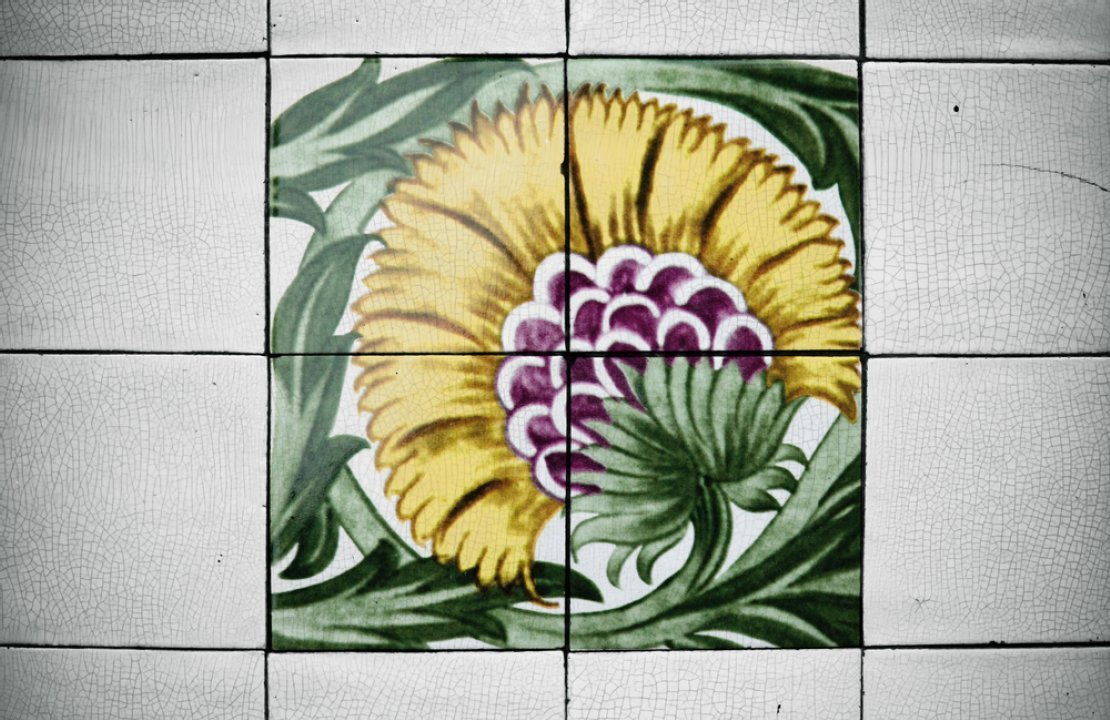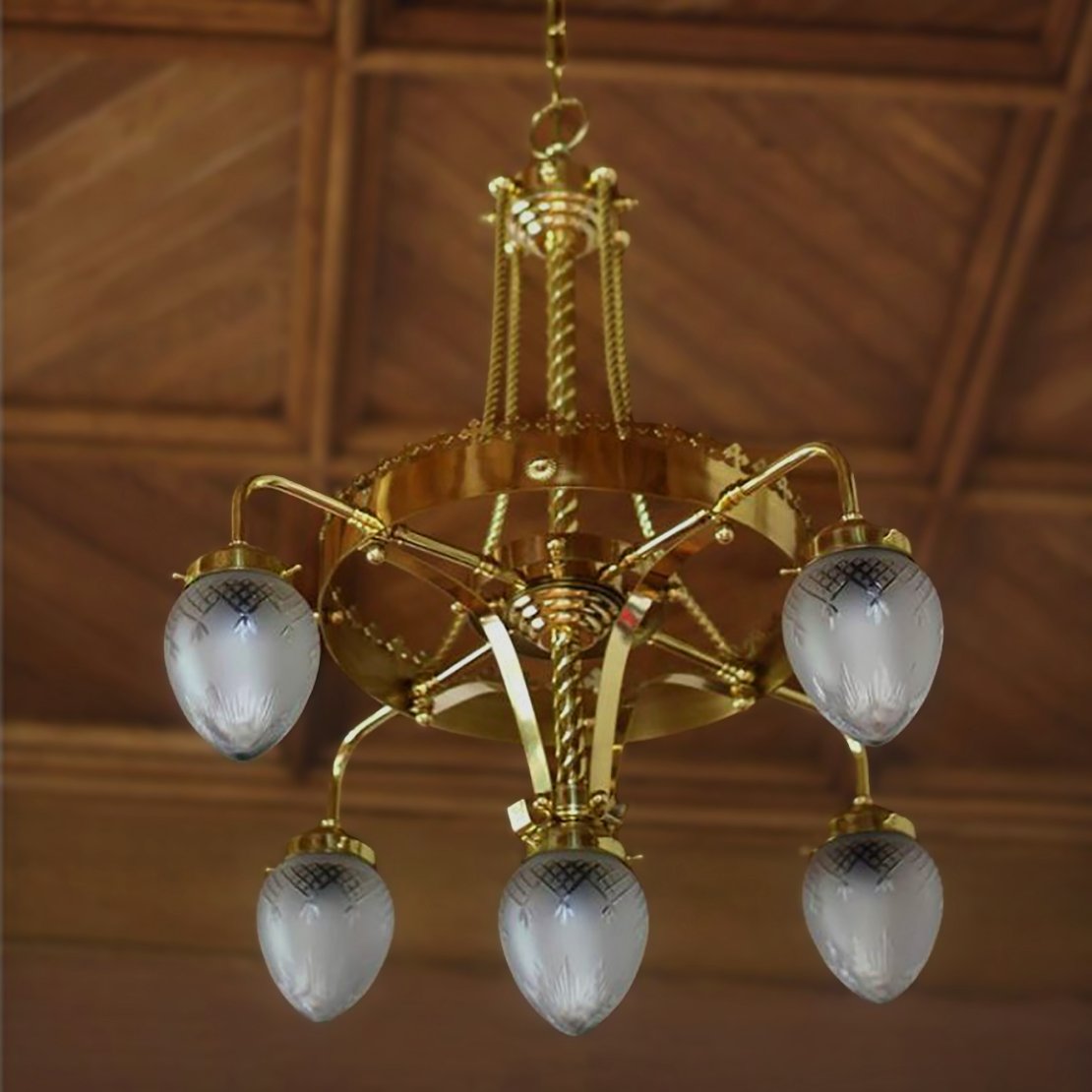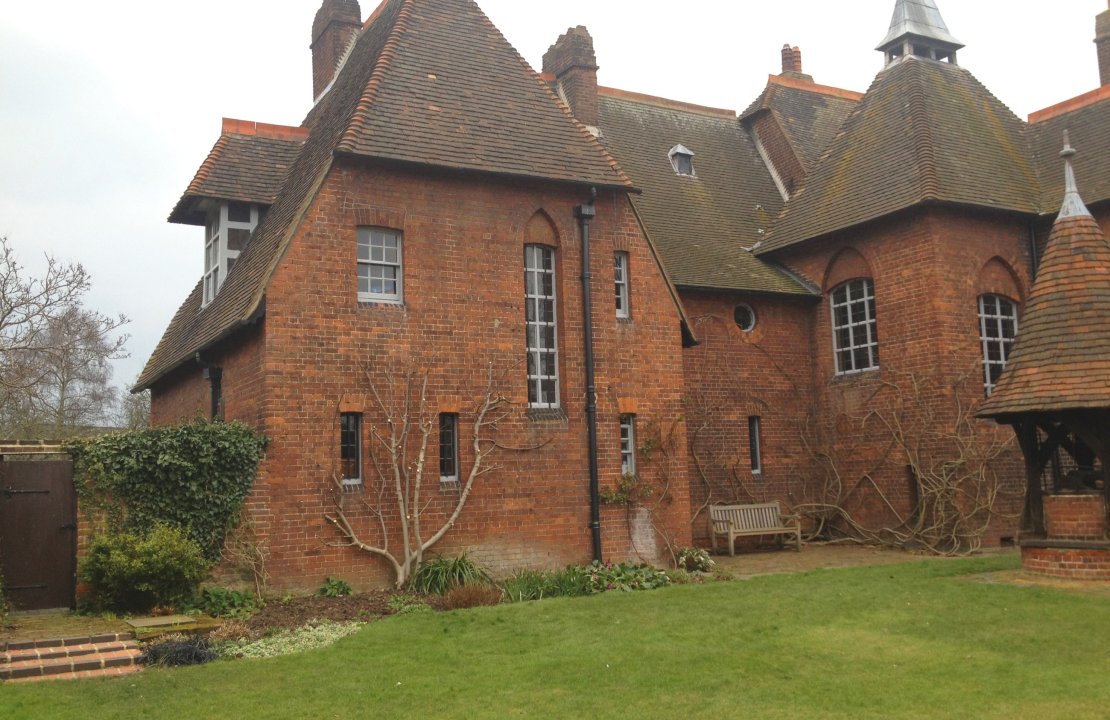The Arts and Crafts movement was fundamentally socialist, and it was a reaction against the Machine Age. This reaction took was a revolt against the Machine Age by producing high-quality hand made goods. How goods were produced was a primary focus for adherents of the movement.
During that period, most manufactured things were poorly designed and low-quality. The adherents of the Arts and Crafts Movement favoured straightforward forms and the natural world as a pattern source.
The Arts and Crafts movement emerged as a reaction against the soul-crushing industrialisation that swept across Victorian society. The rise of factories and mass production brought with it an impersonal and dehumanising aesthetic. The ornamental arts, once the domain of skilled craftsmen, were now subject to the cold calculations of the assembly line.
The Arts and Crafts movement made an indelible mark on the field of interior design, which continues to this day. Durability and craftsmanship began to take the place of the flashiness and mass production that characterised the Victorian era. The furniture and flooring relied on designs that were both practical and comfortable.
The Philosophy of the Arts and Crafts Movement
Central to the Arts and Crafts movement was the belief that beauty and utility should be inseparable. Its proponents, such as William Morris, sought to re-establish the connection between the artist and their work, rekindling the intimate relationship that had been severed by the rise of industrialisation. In doing so, they revitalised the role of the artisan, emphasising the importance of skill and craftsmanship. Their works were a hymn to the handmade, celebrating the tactile pleasures of creation and the intrinsic value of labour.
One of the key influences of the Arts and Crafts movement on Victorian design was its rejection of excessive ornamentation in favour of simplicity and honesty. The movement embraced the ideals of truth to materials and functional design, promoting the use of natural materials and the elimination of unnecessary embellishments.

By stripping away the layers of superficiality, the movement sought to reveal the essence of the object, allowing its inherent beauty to shine forth.
This rejection of ornamentation found its expression in architecture, where the Arts and Crafts movement left an indelible mark. The movement's vision sought to harmonise buildings with their natural surroundings, rejecting the grandiosity and ostentation of the Victorian era in favour of a more organic and humble aesthetic.
Houses designed in the Arts and Crafts style often featured exposed beams, handcrafted details, and an emphasis on integrating the structure with the landscape. In doing so, the movement harks back to the vernacular traditions of the past, celebrating the regional and local in an era of increasing homogenisation.
The impact of the Arts and Crafts movement on interior design was equally profound. Rejecting the fussy and cluttered interiors of the Victorian era, the movement championed simplicity, functionality, and the handmade. Furniture, lighting and decorative elements such as arts and crafts wallpaper were created with care and attention to detail, with an emphasis on natural materials and traditional techniques. The movement's love affair with handcrafted objects led to a resurgence of interest in traditional crafts such as woodworking, pottery, and weaving, ensuring their survival in an age of mechanisation.
William Morris
William Morris maintained that artists should have the skills of artisans and designers and that art should be produced manually. He considered the Industrial Age to be ugly and a stain on aesthetic beauty. In this context, he claimed that homes should only contain things that are both practical and aesthetically pleasing.
Strong and functional furniture
In contrast to the elaborately decorated furniture of the Victorian era, the furniture of this period was designed to have a practical purpose and a long lifespan. It was constructed from high-quality materials including wooden mouldings and was made with careful attention to detail.
The elaborate and decorative styles of flooring that were popular in the Victorian era became less common. Hardwood, slate, and stones were the materials of choice for flooring construction because of their sturdiness and longevity. The Arts and Crafts movement brought about changes in interior home design due to the practicality and cosiness of the period's furniture and flooring.
Metal Complements
The Arts and Crafts style moved away from using chrome and steel as accents and furnishings. Instead, oil-rubbed brass, copper, and bronze were used for the finishing and adorning details of the piece and most arts and craft lighting designs feature these colours and metals. The purpose of this was to honour skilled labour, which was a significant factor in the Arts and Crafts movement's meteoric rise to prominence in the 20th century.

Arts and Crafts Wooden Mouldings
In terms of interior design, the most distinguishing characteristic of the Arts and Crafts movement is its emphasis on the use of wood in decorative elements. The concept of painting wood was discarded as the trend toward natural beauty gained popularity. Instead, the natural woodgrain was regarded as an attractive aesthetic trait. Oak, maple, and pine are three types of wood that are frequently utilised in interior design that adheres to this aesthetic.
Wooden surfaces such as walls, floors, tables, and furniture were left in their raw, natural state. This strategy is applied in interior design on a significant scale, even in the modern era. If you want to determine whether or not the Arts and Crafts movement had an impact on the interior design of a building, the simplest method to do so is to search for exposed wood as part of the timber mouldings present.
Subtle and earthy tones were used for the colours and details. Wood evolved and became a distinctive component of the design. The Arts and Crafts movement brought about a change in the aesthetic and design of the interiors of homes, which is reflected in the continued prevalence of that style in many modern residences.
The influence of the Arts and Crafts movement extended beyond architecture and interior design, infiltrating all corners of Victorian culture. Its emphasis on quality craftsmanship and the value of the handmade resonated with a wide range of artists and designers. The movement inspired the creation of beautifully illustrated books, hand-printed wallpapers, and exquisite textiles. It also fostered a renewed interest in traditional folk art and the revival of techniques such as stained glass and metalwork.
The impact of the Arts and Crafts movement on Victorian design was not limited to the physical realm. It also sparked a social and political awakening, challenging the prevailing hierarchies.


Be the first to add a comment...